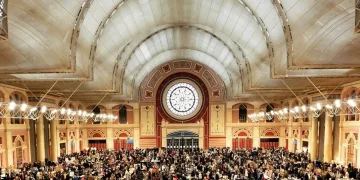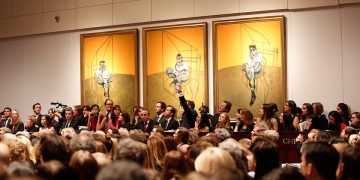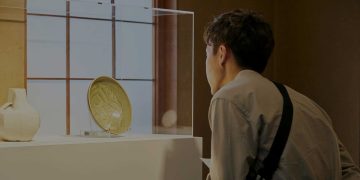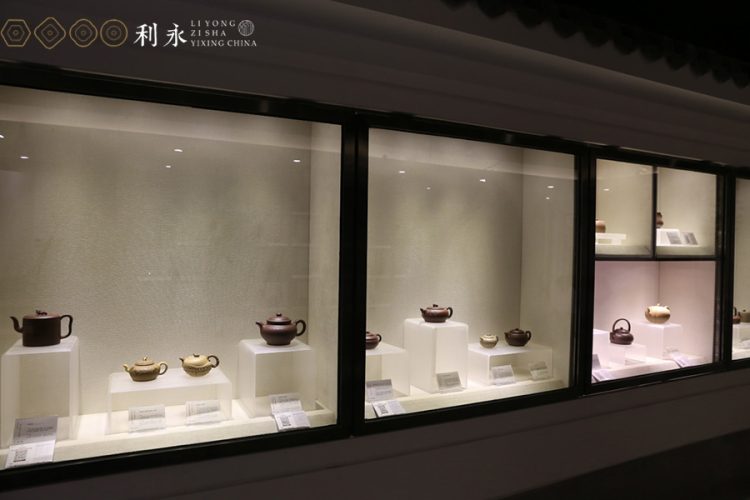The collectibles market has always been dynamic, but the next few years are set to bring unprecedented changes that could redefine the landscape of investment in collectibles. As we approach 2025, investors in various categories – from traditional items like vintage cars and fine art to modern assets such as NFTs and luxury sneakers – are likely to face significant shifts. These changes will be influenced by evolving consumer behavior, technology, economic shifts, and cultural trends. So, who will be affected by these changes in 2025, and what should investors expect moving forward?
1. The Impact of Digitalization on Traditional Collectibles
The rise of digital technology continues to disrupt the traditional world of collectibles. As virtual and augmented reality (VR/AR) technologies become more integrated into the market, traditional collectors of art, sports memorabilia, and luxury goods will find themselves navigating new dimensions in how collectibles are bought, sold, and displayed.
Affected Investors:
- Art Collectors: With VR and AR experiences allowing digital replicas of fine art to be displayed in virtual galleries, traditional art investors may see a shift in the market. The demand for physical artworks could either increase due to their tangibility, or it could diminish as more digital art galleries rise in popularity.
- Sports Memorabilia Enthusiasts: Investors in physical memorabilia might find themselves competing with digital versions (e.g., NFTs of sports highlights, virtual trading cards, or even digital autographs).
The rise of NFTs (non-fungible tokens) as a new form of collectible asset will likely continue to grow, allowing digital ownership of a unique item. This digital transformation has already impacted categories such as art, music, and even sneakers, and will likely reach other sectors in 2025. Investors will have to consider whether they want to diversify into these digital realms or stick to traditional forms of collecting.
2. Changing Demographics of Collectors
By 2025, the demographics of collectors will likely be younger and more tech-savvy. Millennials and Gen Z, who have grown up in the digital age, are expected to dominate the market, influencing demand for certain categories of collectibles. They may not be as interested in traditional items like vintage cars or paintings but might show more interest in modern assets like sneakers, limited-edition fashion, or even digital assets such as NFTs and virtual real estate.
Affected Investors:
- Traditional Investors (Older Generations): Investors who are focused on the classic collectibles market may face challenges as demand for vintage items and physical assets declines among younger collectors. For example, older collectors who have invested heavily in traditional fine art, classic cars, or antique items may see their investments plateau or decrease in value as younger buyers shift their focus to digital assets.
- New Investors (Millennials/Gen Z): Younger investors will likely drive the demand for newer categories, such as rare sneakers, gaming collectibles, and digital art. Investors in these areas may see a surge in interest and potential growth opportunities, but they must also be aware of market volatility as new categories often experience wild fluctuations in value.
3. The Rise of Sustainability and Ethical Collecting
As environmental and social concerns take center stage in many industries, the collectibles market is no exception. Sustainability will likely become a more important factor in the purchasing decisions of collectors. Investors who focus on ethically sourced items, environmentally conscious brands, and sustainable production methods will be well-positioned to capitalize on this shift. For example, there’s growing demand for eco-friendly and ethically sourced luxury fashion, sustainable vintage items, and green technology in collectibles.
Affected Investors:
- Traditional Luxury Collectors: Investors in luxury goods such as high-end handbags, watches, and fashion might face challenges if brands fail to align with sustainability and ethical production standards. As younger, environmentally-conscious buyers prioritize sustainability, traditional luxury collectors could see a drop in demand for items from brands that fail to meet these expectations.
- Sustainable Investors: Investors who focus on green and ethical items, such as eco-friendly art, sustainable sneakers, or ethically sourced vintage products, will likely see their market share grow. As sustainability becomes a key factor in consumer decision-making, those who cater to this demand could see significant gains.
4. Economic Factors and Their Effect on Collectibles
In 2025, the global economic landscape will continue to evolve in response to challenges like inflation, potential recessions, and financial market fluctuations. These economic factors could either make collectibles an even more attractive investment class or introduce volatility into the market, depending on how the global economy behaves.
Affected Investors:
- Conservative Investors: Those who have traditionally viewed collectibles as a safer alternative to stocks, bonds, and real estate may see collectibles as even more appealing in an uncertain economic environment. In times of economic downturn, many investors turn to physical assets that can hold or increase in value, like vintage wines, fine art, or rare coins.
- Speculative Investors: Investors who have focused on speculative collectibles, such as emerging NFTs, limited-edition sneakers, or digital assets, may experience heightened risk. Economic instability often leads to decreased discretionary spending, which could impact demand for non-essential luxury goods and digital assets. These investors will need to monitor economic trends closely to gauge the risk levels in emerging categories.

5. Changing Attitudes Toward Wealth and Investment
In 2025, we can expect an even more significant shift in attitudes toward wealth, with younger generations focusing on alternative forms of investment. Digital and alternative assets, including NFTs, cryptocurrencies, and even virtual land in the metaverse, are likely to be viewed as viable alternatives to traditional wealth-building methods.
Affected Investors:
- Traditional Wealth Investors: Investors who have relied on tangible, physical assets (like real estate, fine art, and antiques) may find themselves competing with younger investors interested in virtual investments. For example, digital land in virtual worlds like Decentraland and Sandbox is rapidly increasing in value, creating new avenues for investment that were once unimaginable. Those who remain tied to physical assets may miss out on these new trends.
- Tech-Savvy Investors: Investors who are comfortable navigating digital currencies and virtual markets will likely find themselves in a more advantageous position. Whether in the form of virtual real estate, digital art, or NFTs, these alternative assets are gaining traction and offer new opportunities for those willing to embrace technology.
Conclusion: What Should Investors Do in 2025?
The collectibles market in 2025 will likely experience significant changes driven by shifts in consumer behavior, technological advancements, and global economic factors. As digital assets rise, younger collectors enter the market, and sustainability takes center stage, traditional investors will need to be more adaptable. Those who embrace new trends – such as digital collectibles, NFTs, and sustainable practices – will be better positioned for success. However, those who continue to focus on traditional collectibles like fine art, vintage cars, or luxury watches should be prepared for a market that may evolve more slowly than other emerging categories.
In short, investors who are prepared to diversify, keep a keen eye on emerging trends, and adapt to the changing market landscape will be in the best position to capitalize on the 2025 collectibles boom.

















































